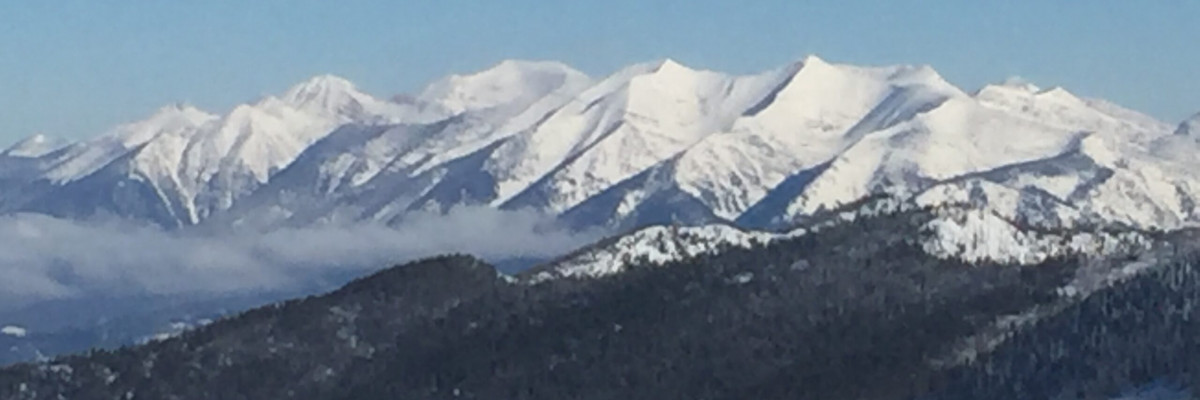The current avalanche danger is MODERATE in the West Central Montana backcountry. Large human triggered avalanches are possible in isolated areas and careful evaluation of conditions will be required before recreating in avalanche terrain.
Good morning, this is Logan King with the West Central Montana Avalanche Center’s avalanche advisory for January 5th, 2017. This danger rating does not apply to operating ski areas, expires at midnight tonight and is the sole responsibility of the U.S. Forest Service.
Weather and Snowpack
For the last 24 hours ridge-top winds have prevailed from the east to northeast but are shifting back towards a northwesterly flow this morning and have dropped to 14mph gusts at Point 6. Strong easterly winds aloft were visible from Missoula yesterday as trails of snow could be seen blowing off of Carlton Ridge and Lolo Peak. Mountain temperatures continue to be frigid and are ranging from -16 to 1 degree fahrenheit this morning. No new snow was seen in the advisory area overnight.
The primary avalanche concern today will be windslabs. With strong easterly winds, windslabs and cross loading can be found on nearly all aspects. Yesterday in the Rattlesnake we found the windslab to propagate with moderate force in extended column tests. With unusual winds you will see unusual windslab development so take the time to assess each slope independently to determine if windloading has occurred (video).
Persistent slabs continue to be a concern due to facets on the ground. The facets have gained strength over the last week but the healing process has slowed with the cold temperatures. Small isolated layers of buried surface hoar were reactive in stability tests yesterday as well and with windslabs and buried surface hoar reacting the possibly of an avalanche stepping down to the basal facets is a significant concern.
Avalanche and Weather Outlook.
Cold and Clear conditions will persist today, before giving way to the next system that should be arriving this weekend. Snow levels look to climb along with temperatures as the weather shifts at the tail end of the week. Avalanche conditions will be consistent until the weather pattern changes.
If you get out in the backcountry please feel free to share your observations on the public observations page. I will Issue the next advisory on Saturday.
Stay warm out there.
















